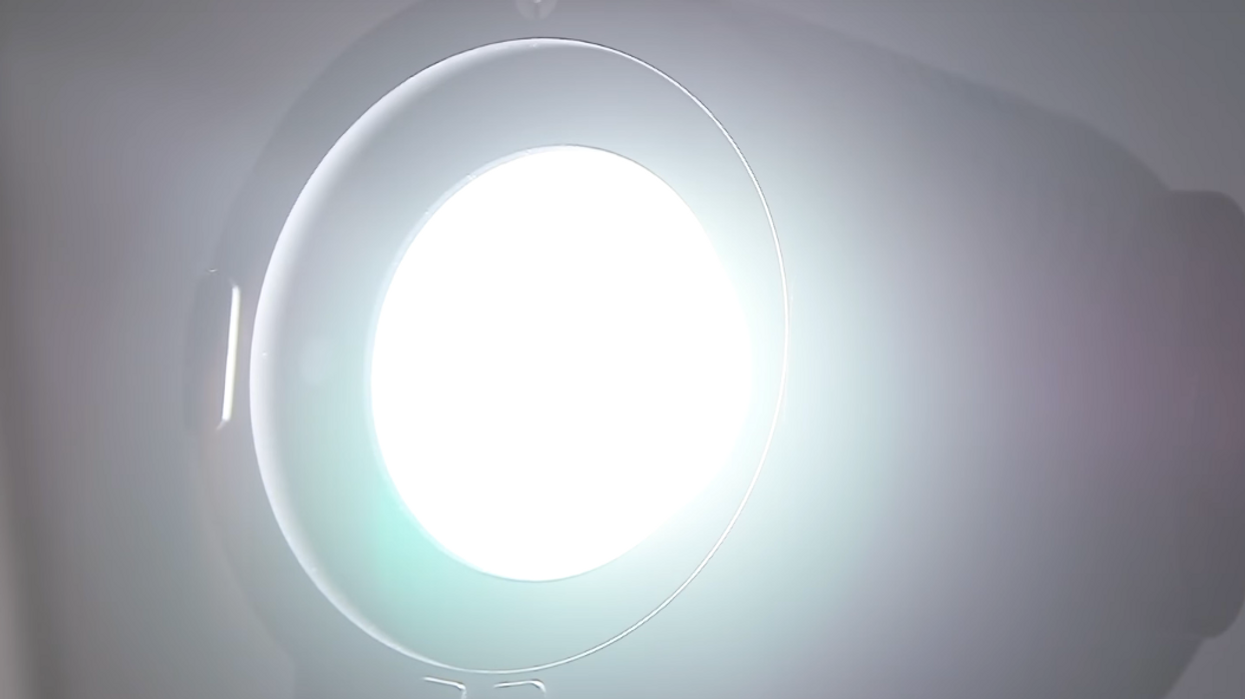Shining a Light on the Inverse Square Law and How to Apply It When Lighting a Scene
This is one of the more important lighting concepts you'll have to learn as a filmmaker.

Even though we'd like it to be as simple as flipping on a switch, lighting cinematically requires a deep understanding of how light behaves in different situations with different subjects, surfaces, and materials. Though there are many concepts you'll have to learn to really grasp these qualities of light, perhaps one of the first and most helpful is the inverse square law, which helps you determine light fall off.
If you want a more advanced explanation and demonstration of the inverse square law, photographer Peter Hurley talks about it in this video tutorial from Fstoppers.
However, if what you need is a good primer to get your started, David Bergman of Adorama TV gives a great introduction in the video below.
The inverse square law formula for calculating fall off is: Intensity = 1/d².
If you're not a math whiz, the inverse square law probably looks like school to you. However, applying it doesn't have to be homework; you can apply it in very practical ways. Bergman says,
Here's the only thing you really need to know: the light falls off a lot faster if the light source is closer to your subject. This is really useful to know so you can control the ratio of light on your subject and the background.
Though the math can be tricky, understanding the basic idea behind the inverse square law will help you make more educated decisions when lighting a scene.











